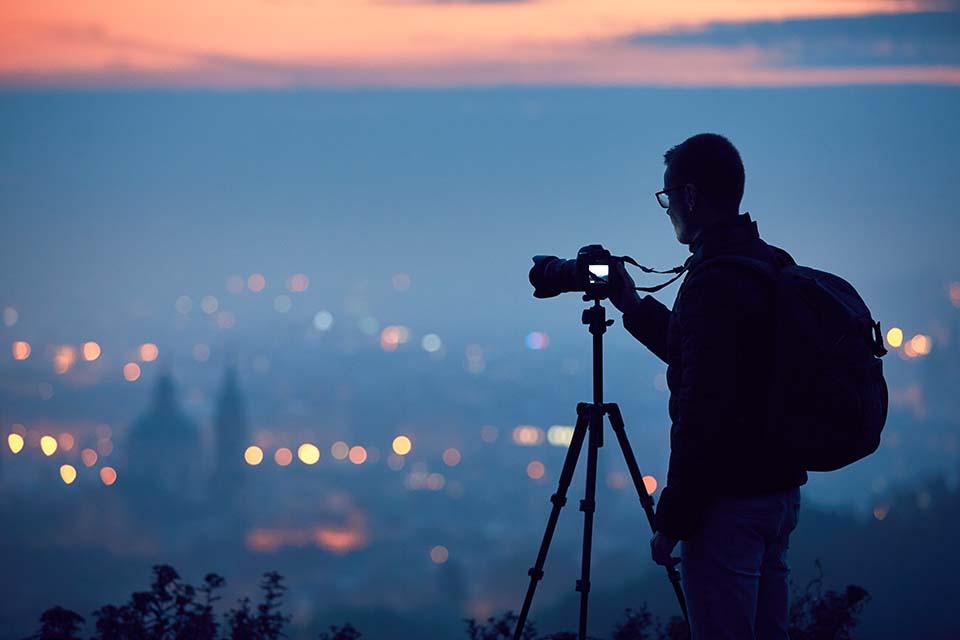Shop At Haya: Your Ultimate Shopping Guide
Discover the best shopping tips, trends, and deals for a smarter buying experience.
Click, Snap, Wow: Unleashing Your Inner Photographer
Unlock your photography potential! Discover tips, tricks, and inspiration to elevate your skills and capture stunning moments effortlessly.
Mastering Composition: Tips for Capturing Stunning Photos
Mastering composition is essential for capturing stunning photos that resonate with your audience. To start, familiarize yourself with the Rule of Thirds, which involves dividing your frame into a 3x3 grid. Position key elements along these lines or at their intersections to create balance and draw the viewer's eye. Additionally, using leading lines can guide attention to the focal point of your image, while framing can enhance depth by incorporating natural borders such as trees or arches.
Don't forget the importance of negative space. This technique involves leaving empty areas around your subject, making it stand out and giving your image a sense of airiness. Experimenting with perspective can also yield interesting results; try shooting from high or low angles to challenge traditional viewpoints and offer a fresh experience to your audience. Lastly, always remember to consider lighting—natural light, golden hours, and shadows all play crucial roles in enhancing composition and creating mood.

The Best Camera Settings for Every Photography Situation
When it comes to capturing stunning images, understanding the best camera settings for various photography situations is crucial. For instance, in bright daylight, using a lower ISO setting, typically between 100 and 200, helps to minimize noise and maintain image clarity. Adjusting your aperture to around f/8 to f/11 will provide a greater depth of field, making it ideal for landscape photography. Alternatively, when shooting in low-light conditions, increase your ISO to 800 or even 1600, and widen your aperture (lower f-stop number) to allow more light to hit the sensor. Adjusting these settings appropriately will ensure you capture well-exposed and detailed images, no matter the environment.
Moreover, certain situations may require specialized settings. For example, if you're photographing moving subjects, such as in sports photography, using a fast shutter speed of 1/500s or faster is essential to freeze the action and avoid motion blur. In contrast, for long exposure photography, such as capturing the soft flow of waterfalls at dusk, you will need to slow down your shutter speed significantly, often several seconds or even minutes. Understanding the best camera settings for these unique scenarios will enhance your skills and result in more impactful photographs. Always remember to experiment with these settings and practice regularly to discover what works best for your photography style!
How to Find Your Photography Style and Voice
Finding your photography style and voice is a crucial step in establishing your identity as a photographer. Start by exploring various genres of photography, such as portrait, landscape, or street photography. Each genre has its unique elements and techniques, which can greatly influence your personal style. Experimentation is key – don’t be afraid to try new approaches and capture different subjects. As you create a diverse portfolio, you’ll begin to see patterns in what resonates with you and your audience.
Once you have a body of work, take time to analyze your favorite images. Ask yourself questions like: What emotions do these photos evoke? What techniques did I use that I could replicate? This introspective process helps in pinpointing your photographic voice. Consider sharing your images on social media or photography forums to receive feedback, which can offer valuable insights into how others perceive your work. Over time, this journey will lead you to a unique style that truly reflects your artistic vision.